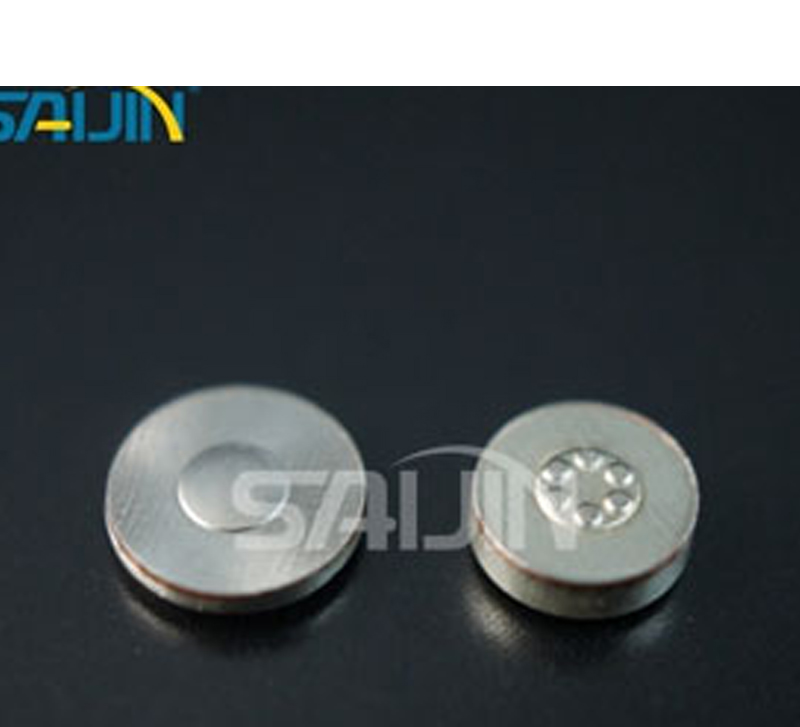Datatime: 2/14/2025 3:22:00 PM Visit: 435
In the realm of electrical systems, the integrity of contacts is of utmost importance. Contact oxidation is a common phenomenon that can have far - reaching consequences for the service life of electrical equipment. Understanding these impacts is crucial for ensuring the reliable operation of electrical devices.

⒈Fundamental Oxidation Process
Contacts in electrical equipment are typically made of metals such as copper, silver, or their alloys. When these metal contacts are exposed to air, they react with oxygen in the atmosphere. This chemical reaction forms metal oxides on the contact surfaces. For example, copper reacts with oxygen to form copper oxide (CuO or Cu₂O), and silver forms silver oxide (Ag₂O). The formation of these oxides is the starting point of a series of problems that can shorten the service life of electrical equipment.
⒉Impact on Electrical Conductivity
One of the most direct effects of contact oxidation is a significant increase in contact resistance. Metal oxides are generally poor conductors compared to their base metals. As the oxide layer grows on the contact surfaces, the electrical current passing through the contacts encounters greater resistance. According to Ohm's Law (I = V / R), when the resistance (R) increases while the voltage (V) remains constant, the current (I) decreases. This reduction in current can lead to under - performance of electrical components. In a power transmission system, for instance, increased contact resistance due to oxidation can cause power losses, overheating of the contacts, and ultimately, premature failure of the equipment.
⒊Thermal Issues
The increased contact resistance resulting from oxidation also leads to thermal problems. When current passes through a high - resistance contact, power is dissipated in the form of heat (P = I²R). The heat generated can cause the temperature of the contacts to rise. High temperatures can further accelerate the oxidation process, creating a vicious cycle. In extreme cases, the overheating can cause the melting of the contact materials or the insulation around them. This not only damages the contacts themselves but can also lead to short - circuits and other severe electrical malfunctions, thus shortening the overall service life of the electrical equipment.
⒋Mechanical and Structural Deterioration
Oxidation can also have mechanical and structural impacts on contacts. The oxide layers formed on the contact surfaces are often brittle and can crack or flake off over time. This can disrupt the physical connection between the contacts, leading to intermittent electrical connections. In addition, the volume expansion of the oxide layer during formation can cause mechanical stress on the contact materials. This stress can lead to deformation or fatigue of the contacts, especially in components that are subject to repeated mechanical vibrations or thermal cycling. For example, in electric motors, the vibrating environment can exacerbate the damage caused by contact oxidation, resulting in reduced motor efficiency and a shorter lifespan.
⒌Impact on System Reliability
Ultimately, contact oxidation compromises the overall reliability of electrical systems. Intermittent electrical connections, power losses, and component failures due to oxidation can lead to unexpected outages in industrial processes, communication systems, and household appliances. These outages not only cause inconvenience but can also result in significant economic losses. In critical applications such as medical equipment or aerospace systems, the failure of electrical equipment due to contact oxidation can have life - threatening consequences.
In conclusion, contact oxidation is a multi - faceted problem that can severely impact the service life of electrical equipment. From reducing electrical conductivity and causing thermal issues to mechanical and structural deterioration, its effects are far - reaching. To mitigate these impacts, proper preventive measures such as anti - oxidation coatings, regular maintenance, and the use of high - quality contact materials are essential to ensure the long - term reliable operation of electrical systems.